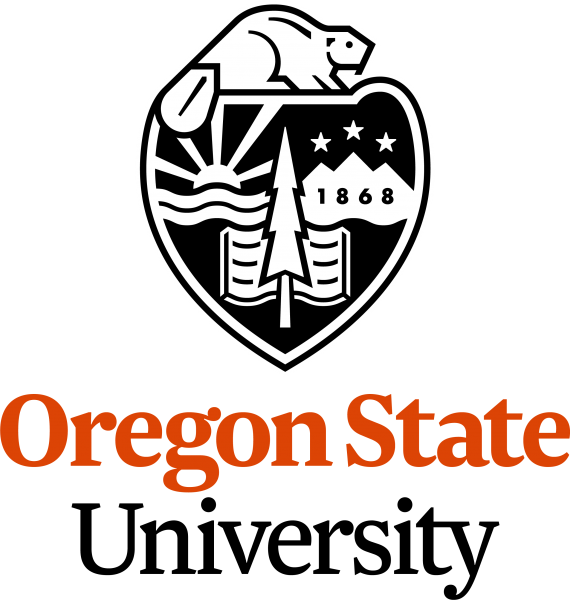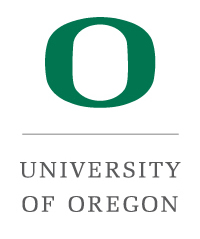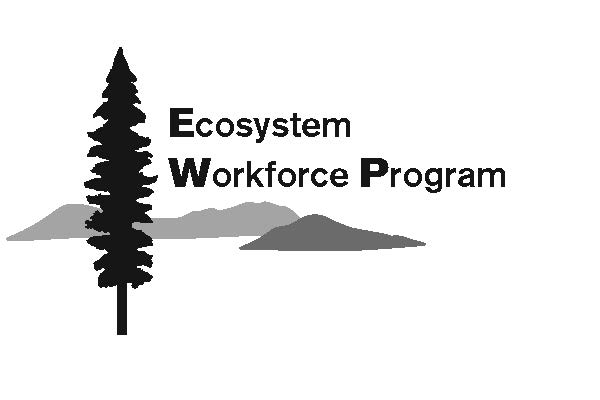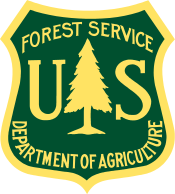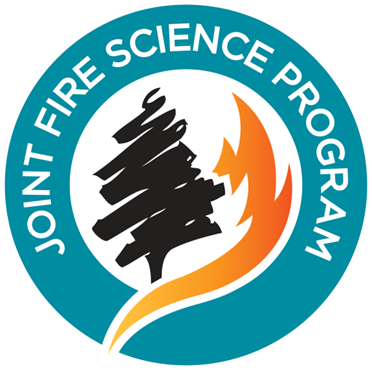Polishing the Prism: Improving Wildfire Mitigation Planning by Coupling Landscape and Social Dimensions
| Title | Polishing the Prism: Improving Wildfire Mitigation Planning by Coupling Landscape and Social Dimensions |
| Publication Type | Report |
| Year of Publication | 2016 |
| Authors | Koch, G |
| Series Title | Science Findings |
| Document Number | 189 |
| Date Published | 09/2016 |
| Institution | US Department of Agriculture, Forest Service, Pacific Northwest Research Station |
| Keywords | jfsp fire science briefs and digests, social and community impacts of fire |
| Abstract | Effectively addressing wildfire risk to communities on large multi-owner landscapes requires an understanding of the biophysical factors that influence risk, such as fuel loads, topography, and weather, and social factors such as the capacity and willingness for communities to engage in fire-mitigation activities. Biophysical and social processes often are disconnected in wildfire mitigation planning frameworks because of mismatches in scale. The different spatial and temporal scales of these processes usually are not recognized in the planning process. Forest Service scientists Alan Ager, Jeff Kline, and Paige Fischer (now with the University of Michigan) show how scale mismatches can undermine community wildfire mitigation planning, and how using a coupled analysis of biophysical and social factors can lead to more effective outcomes. Typically, risk assessments focus on estimates of the probability and magnitude of adverse events. The scientists describe a coupled biophysical-social systems approach that leverages biophysical and social sciences to augment and improve existing wildfire mitigation planning. It describes a new way of defining wildfire protection planning boundaries based on the scale of wildfire risk, rather than administrative and political boundaries. Communities show their strength when pulling together after a disaster; the challenge is to revise the way we approach and deal with fire risk so that communities can pull together to take |
